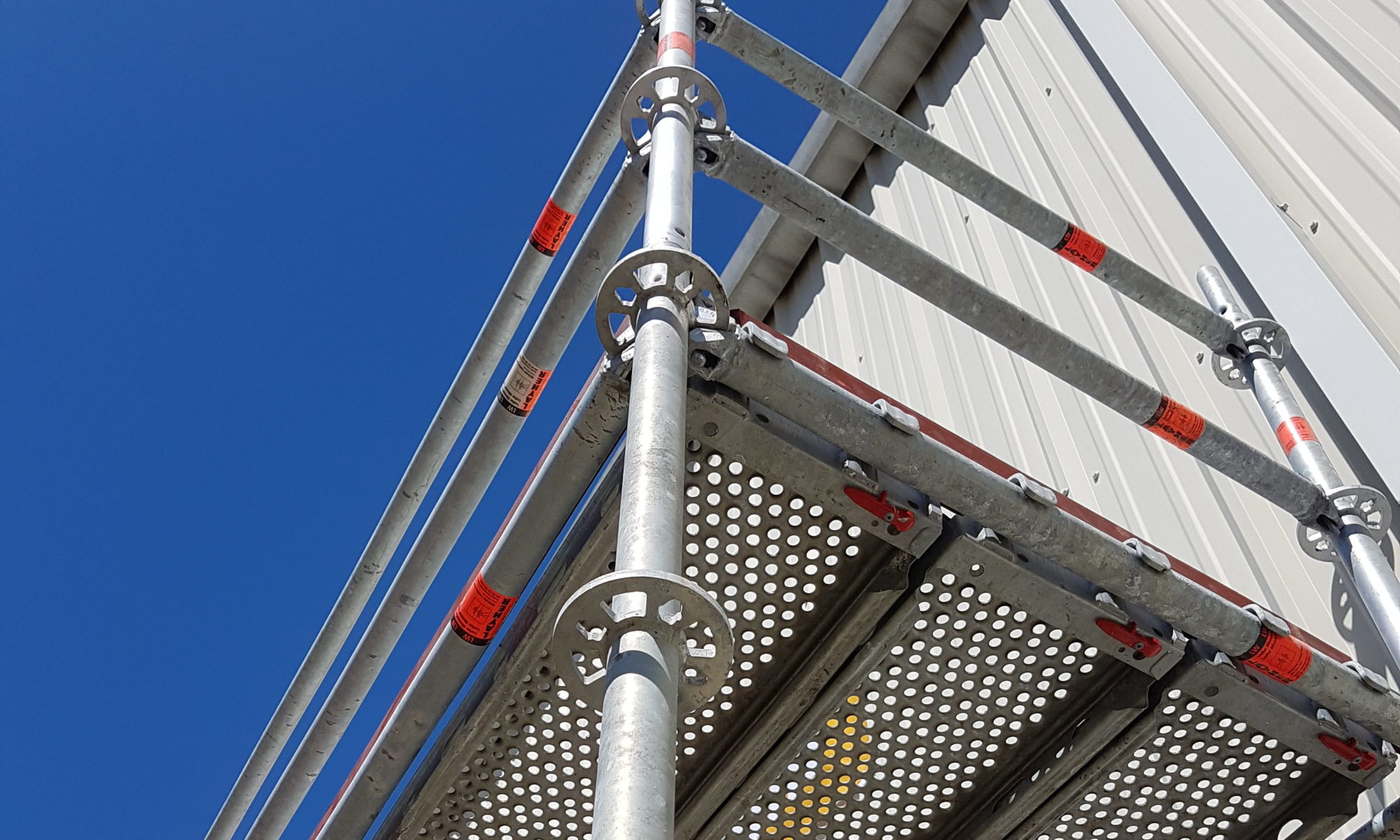Genuine Layher® Allround Scaffolding – In Stock in the USA
At Buy-Scaffold.com, we recommend original Layher® Allround Scaffolding, the industry’s gold standard for modular system scaffolding. Trusted worldwide for its strength, flexibility, and safety, Layher® is the top choice for professionals who demand the best.
Whether you’re building industrial platforms, working on commercial renovation, or setting up complex access solutions — Layher® Allround delivers unmatched performance on every level.
When Layher invented the Allround System Scaffolding in 1974, another revolution was a fact. Since the launch Layher has continuously improved the product. This bolt free modular scaffolding system is so versatile it can be used almost everywhere.

ALLROUND SCAFFOLDING LIGHTWEIGHT – THE BENEFITS TO YOU
Fast.
The lighter components increase the speed of assembly and also transport capacities – that saves real money.
Strong.
Increased loading capacity despite lower weight.
Safer.
Improved occupational safety during assembly thanks to the AutoLock function.
Ergonomic.
Increased height clearance and reduction of physical strain by saving up weight in the system.
Efficient.
Only one standard for supported and suspended scaffolding thanks to integrated spigots. There is no need for time-consuming installation of separate spigots or storage of two different standards.
Why Choose Layher® Allround?
- ✅ Original Layher® – Made in Germany
- 🔩 Fast assembly with the rosette system – 8 connections every 50 cm
- 🧱 Engineered for the toughest environments – hot-dip galvanized, extremely durable
- 🛠️ Modular and versatile – build around obstacles, fit uneven ground, create custom structures
- 🌎 Globally recognized – trusted in 140+ countries for over 75 years
We carry a full inventory of Layher® components — standards, ledgers, diagonal braces, decks, stair towers, base jacks, side brackets, and more. Everything is stocked in the U.S. and ready to ship quickly.
Nationwide Supply & Expert Support
Our team has years of experience helping contractors and resellers find the right Layher® solution for their projects. Whether you’re looking to expand an existing system or build a complete scaffold setup from scratch, we can help.
🧰 Need help planning a package? Want volume pricing? Just reach out — we’re scaffold people.
Order Genuine Layher® Today
📦 Most items are in stock and ship within 48 hours.
📍 U.S. distribution and support — real inventory.
📞 Call us at (800) 901-2885
📧 sales@scaffoldusa.com
🛒 Looking for complete Layher® packages, custom quotes, or project planning help?
👉 We work closely with ScaffoldUSA.com — your trusted source for large-scale Layher® systems in the United States.
Want to learn more about Layher compatibility and safety?
See our full scaffolding FAQ.











